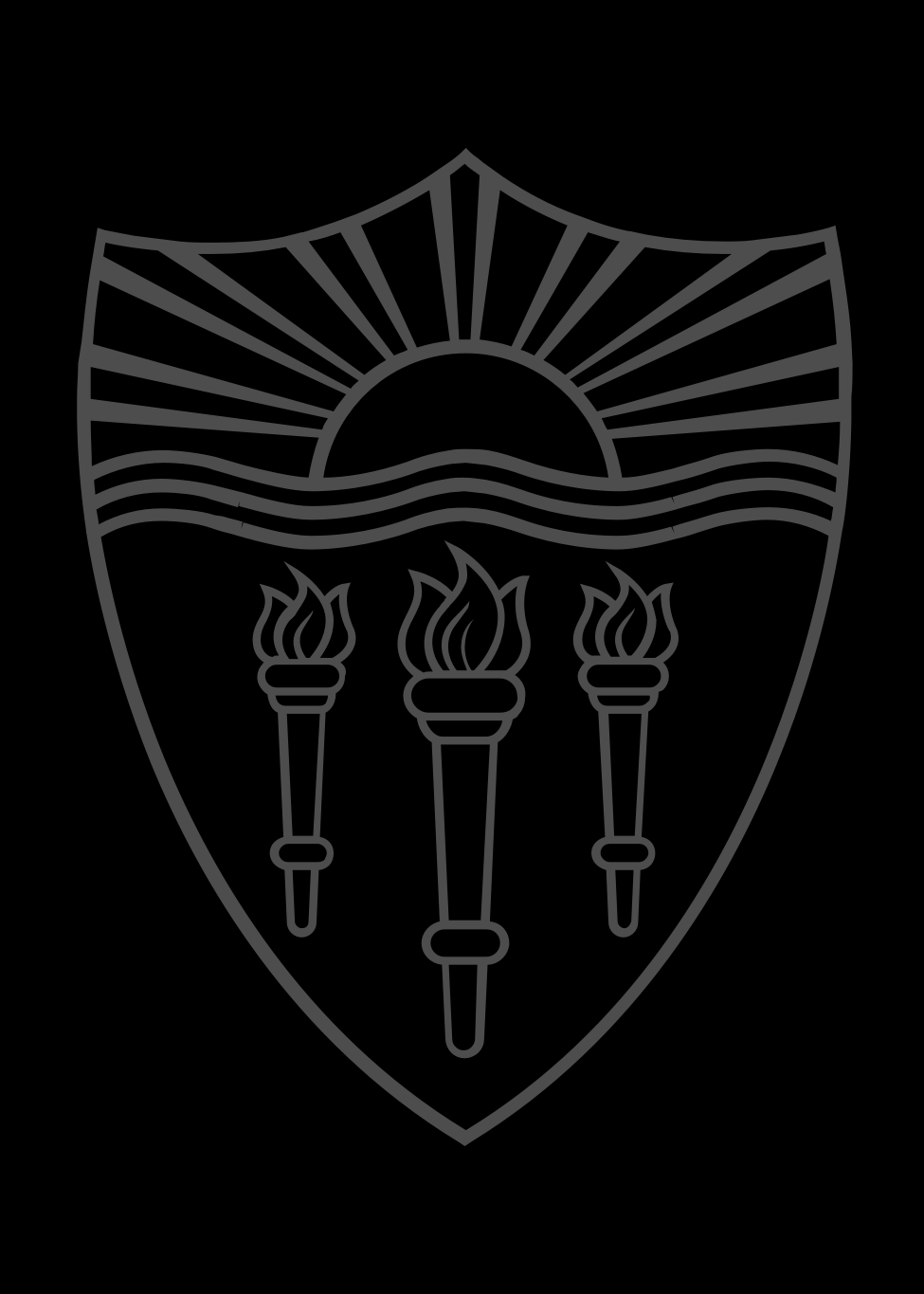Eunice Howe

Education
- Ph.D. Art and Architectural History, Johns Hopkins University, 12/1977
- M.A. Italian Renaissance Art, Villa Schifanoia Graduate School of Fine Arts, Florence, Italy, 1/1972
- B.A. Art History, Mount Holyoke College, 1/1970
-
Tenure Track Appointments
- Chair, Department of Art History, University of Southern California, 2008-2009
- Assistant-Full Professor, University of Southern California, 01/08/1977 – 08/01/2009
-
Summary Statement of Research Interests
Professor, Early Modern: 15th- and 16th-Century Italian Art and Architecture
Professor Howe specializes in Italian Renaissance Art and Architecture. In general, her work is informed by the intersection of social art history and visual representation, systems of power and negotiations in visual and material form. Her book on Art and Culture at the Sistine Court was published by the Vatican in 2005. In addition to patronage networks in Early Modern Rome, she explores how gender relates to the built environment: “The Architecture of Institutionalism: Women’s Space in Renaissance Hospitals,” in Gender, Architecture and Power in Early Modern Europe, Ashgate, 2004: “Appropriating Space: Woman’s Place in Confraternal Life at Santo Spirito in Sassia, Rome,” in Confraternities and the Visual Arts in Renaissance Italy: Ritual, Spectacle, Images, Cambridge University Press, 2000. She has published on Renaissance travel literature and guidebooks: Andrea Palladio, the Churches of Rome (Medieval and Renaissance Texts & Studies, 1991). She is interested in workshop practices and questions of attribution in early Renaissance Rome. Her current book project, tentatively titled: Spaces of Healing in Renaissance Rome, 1400-1600, explores the role of communal rituals and gender in the formation of hospital design. At present, she is working on the cultural context of a Renaissance treatise on food and health, Platina’s On honorable Pleasure and Good Health (c.1460), considered the earliest printed cookbook.
Recent graduate seminars have been Entering Domestic Space in Early Modern Italy; Revisiting Feminist Approaches to Early Modern Art; The Mythology of the Renaissance Villa. She is the recipient of USC’s Associates Award for Excellence in Teaching, and is a member of the national honorary society of Phi Kappa Phi.
Research Keywords
Italian Renaissance, patronage, gender, Rome, vatican
-
Book Chapters
- Howe, E. D. (2008). “Traces of the Lost Ciborium of the Corsia Sistina in Santo Spirito in Sassia”. pp. 25. Rome: Andrea Bregno. Il senso della forma nella cultura artistica del Rinascimento,Ministero per i Beni Cutlurali, 2008..
- Howe, E. D. (2006). Travel and Movement in Medieval Italy, 500-1500. pp. 25. Ashgate.
- Howe, E. D. (2006). “Out of the Shadows; Architecture in 15th Century Roman Painting”. pp. 20. Rome: Pio II e Le Arti al debuto del Rinascimento, Roma.
Book Review
- Howe, E. D. (2009). Review of J. Kleimann and M. Rohlmann, Italian Frescoes: High Renaissance and Mannerism, 1510-1600, New York, 2004 and S. Roettgen Italian Frescoes: The Baroque Era, 1600-1800, New York, 2007. Renaissance Quarterly. pp. 528-530.
- Howe, E. D. (2009). Review of J. Henderson, The Renaissance Hospital, Healing the body and Healing the Soul, New Haven, 2006. Journal of the Scoiety of Architectural Historians. pp. 4.
- Howe, E. D. (2007). V. Hart and P. Hicks, eds., Palladio’s Rome. CAA Reviews.
Journal Article
- Howe, E. D.Inside the Box; Enclosure and the Universal Monastery of Pius V (1566-72). Undecided.
-
- Visiting Senior Fellow, Center for Advanced Study in the Visual Arts, National Gallery of Art, Fall 2007